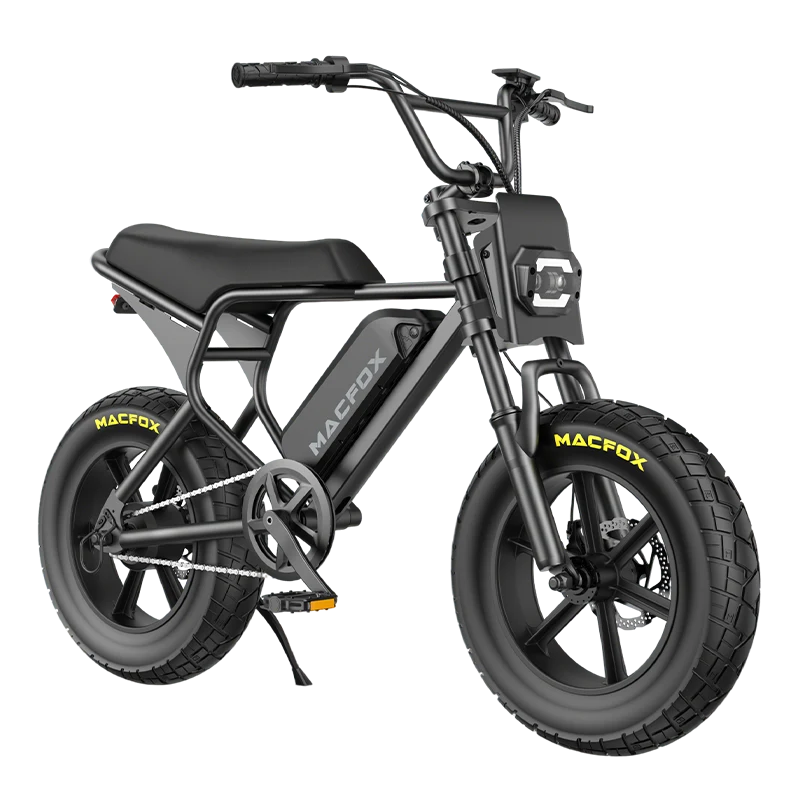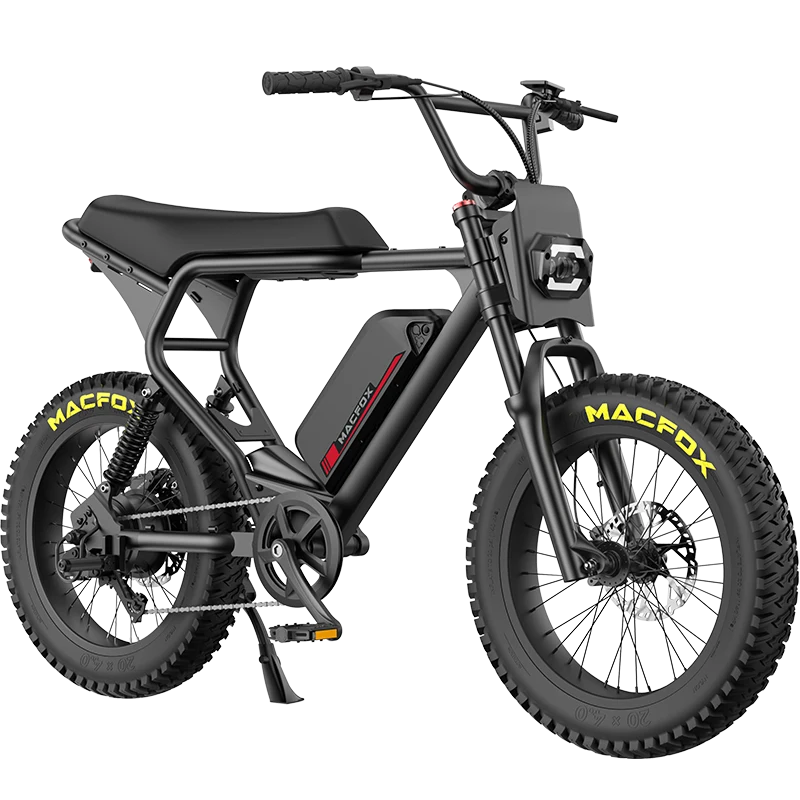When considering an electric bike, one of the key questions you must ask yourself is which motor style would best meet your needs: single-motor or dual-motor electric bikes? Each has its own benefits; making the best choice ultimately boils down to what you need from an e-bike.
This article presents the key differences between single-motor and dual-motor e-bikes so you can decide based on your riding style, needs, and budget.
Understanding Single Motor vs. Dual Motor E-Bikes
E-Bikes A single-motor e-bike employs one motor on the front or rear wheel. It is the most frequently purchased configuration of electric bikes. It is suitable for lighter riders looking for reliable commuter bikes within budget constraints.
Dual motor e-bikes feature two motors on each wheel for increased power, making this configuration ideal for riders requiring extra torque for hill climbs, off-roading, or high-speed acceleration.
Power and Performance: The Key Difference
In terms of raw power, dual-motor e-bikes reign supreme. Offering more torque, faster acceleration, and the ability to easily navigate steep hills and rough terrain, they are often chosen by mountain bikers, adventure cyclists, and those regularly exploring challenging landscapes.
- Dual motors provide faster acceleration and more top-end speed. Handles 25%+ grades without breaking a sweat.
- Single motors, while less powerful, are perfect for moderate hills (10-15% grade). For flat terrain, they offer steady, smooth performance.
Urban cyclists typically need only a single motor. However, a dual motor may provide the extra edge you need for mountainous terrain or off-road trails.

Battery Life and Efficiency
Battery life is another critical factor between single-motor e-bikes and dual-motor e-bikes. Although dual motor models may appear more powerful, their use consumes more energy as both motors work to propel the bike simultaneously; as a result, they often have shorter battery lives when both motors are engaged simultaneously.
- Dual motor e-bikes tend to be power guzzlers when used on steep hills or off-roading terrain; under difficult conditions, you might find yourself needing to recharge every 30-40 miles.
- Single-motor e-bikes are more energy-efficient and provide a more excellent range from one charge—depending on terrain and riding habits, expect 50-70 miles with this type of bike.
Urban commuters searching for a practical yet reliable e-bike that doesn't require frequent charging will find that single-motor models are the way to go.
Weight and Maneuverability
When looking at dual motor e-bikes, their increased weight should be taken into consideration, particularly when riding through tight spaces or carrying them yourself. With their additional motor and larger battery packs, dual-motor bikes tend to be heavier due to being cumbersome to transport in urbaconsider or maneuver.
- Dual motor e-bikes are typically energy-hungry. When used on steep hills or for off-roading, they need to be charged more frequently. You might find yourself recharging after 30-40 miles in tough conditions.
- Single motor e-bikes are more energy-efficient. With only one motor running, you’ll get more range from a single charge. Expect 50-70 miles on a charge for a single motor bike, depending on terrain and riding habits.
If maneuverability and lightweight are key in your travel area, a single-motor e-bike may be your ideal solution.
Read More: Brushed vs. Brushless Motors
Cost Considerations
Cost is an integral component when choosing between single and dual-motor e-bikes. Due to their greater complexity (i.e., two motors, a larger battery pack, and higher performance components), dual motor models tend to cost more. Furthermore, due to this added expense, they require higher maintenance costs due to increased complexity.
- Dual motor e-bikes can cost anywhere from $2,500 to $5,000 or more, depending on the brand, battery size, and performance features.
- Single motor e-bikes typically range from $1,000 to $2,500, making them more affordable for most commuters.
Urban cyclists who don't require top performance might benefit more from purchasing a single-motor e-bike at a lower price point.
Comfort and Ride Quality
Dual-motor e-bikes tend to outperform single-motor bikes when riding comfortably on rough or uneven terrain, mainly gravel, dirt trails, or hilly terrain. Their additional motor helps distribute power more evenly for an overall smoother experience, which makes these e-bikes perfect for off-roading or steep inclines.
- Dual motor e-bikes are more suited for rough terrain. They handle gravel, dirt trails, and hills with ease, providing better traction and stability.
- Single motor e-bikes, while providing a smooth ride on paved roads, may not perform as well on rough terrain.
If you prefer riding on smooth roads, a single-motor bike will offer the softest and most stable experience. However, dual-motor bikes' extra power may provide a smoother and safer ride for adventurers who enjoy off-roading adventures.
Which Is Right for You?
Finally, which electric bike will best meet your needs and riding style—single-motor or dual-motor electric bikes—which one is better? Ultimately, it all boils down to personal preferences: both models offer their own distinct advantages for different riding styles.
- If you’re looking for a commuter ebike that’s affordable, easy to maintain, and perfect for urban environments, a single motor e-bike is a great option.
- However, if you need more power for hill climbing, off-roading, or challenging terrains, a dual motor e-bike will provide superior performance, though at a higher price point and with increased battery consumption.
FAQs
Are dual-motor e-bikes faster than single-motor ones?
Yes, dual-motor e-bikes often offer faster acceleration and higher top speeds on challenging terrain.
Do single-motor e-bikes provide enough power for hills?
A single-motor e-bike should suffice for moderate hills; however, for steeper inclines or mountainous terrain, dual-motor e-bikes would offer greater power and torque.
Are two-motor e-bikes heavier than single-motor ones?
Yes, due to their dual motor design and typically larger battery, dual motor e-bikes tend to be heavier.
What are the key advantages of single-motor e-bikes?
Single-motor e-bikes provide numerous advantages over their two motor counterparts: lower costs, lighter weight, and greater energy efficiency making them ideal for casual riding.
Are dual-motor e-bikes more costly?
Dual-motor e-bikes can be more costly due to their additional motors, batteries, and performance features.
Conclusion
Deciding between a single-motor or dual-motor electric bike depends primarily on how you plan to use it. If your primary use case involves commuter transport and everyday commuting, an economical, lightweight single-motor e-bike will do just fine, but for more challenging terrain where high performance matters more than affordability, dual-motor e-bikes offer better results.
When selecting an e-bike that meets these criteria and provides the optimal experience, consider your needs, budget, and riding conditions.


















